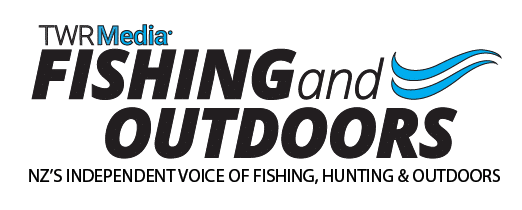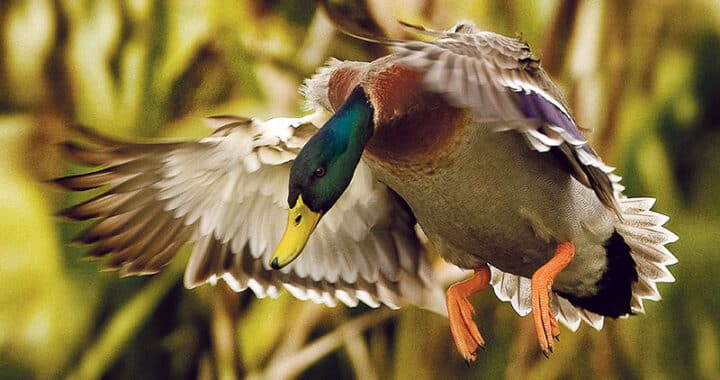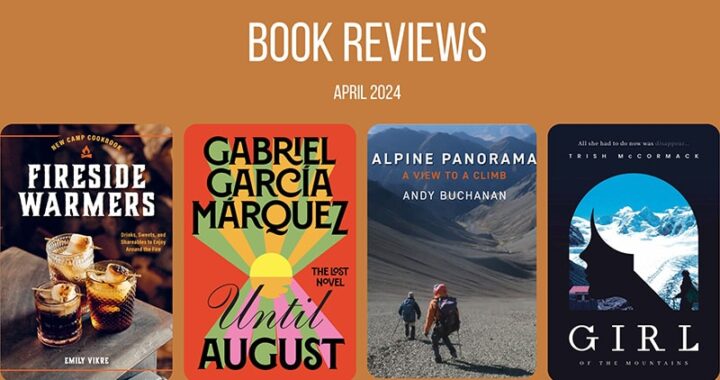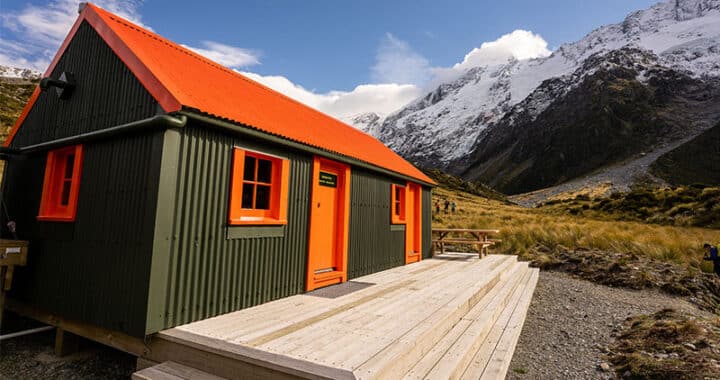GAC launches new online resource for hunters
2 min read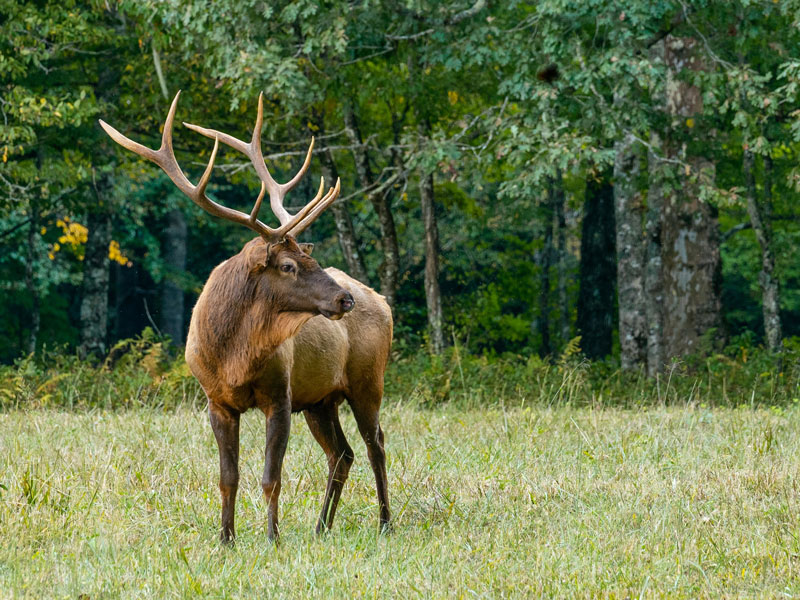
The programme is designed to help hunters make good game animal management decisions that will benefit both hunting and conservation Photo: Edward Taylor on Unsplash
The Game Animal Council (GAC) has launched an online resource to help hunters implement good game animal management practices and achieve beneficial hunting and conservation outcomes.
“Looking After Our Game Animals is intended to explain in simple terms how deer, tahr, and chamois herds work, how the choices we make while out hunting can have an impact on those herds, and, most importantly, help protect the habitat they depend on,” said GAC general manager Tim Gale.
The resource is broken up into four key themes: Healthy Animals Require a Healthy Habitat, Hunters as Caretakers, It’s Quality over Quantity, and Measuring our Success.
Each theme outlines key aspects of good game animal management, such as how the habitat is the foundation of the hunting resource; how male and female game animals have a different role in the herd and a different impact on the environment; and how, by targeting more females, hunters can achieve better quality herds in a healthier habitat.
“Hunters know there are some deer herds in certain parts of the country with too many animals,” said Gale. “What this means is a decline in the health of the ecosystem, poor quality animals and poor hunting.
“By targeting the right animals at the right time hunters can turn this around and help to achieve better herd balance, a lower population with better-quality animals, and better hunting in a healthier ecosystem.
“From a management point of view, harvesting breeding age and yearling females is extremely effective, as it removes their subsequent offspring and provides a healthier habitat for the development of both trophy-class males and quality meat animals. Harvesting an immature male, on the other hand, only removes one animal from the herd and prevents it from developing to its full potential. This won’t improve the quality of the herd or the health of the ecosystem.”
Gale added that applying these game animal management practices while out hunting is a “win-win” situation for both hunting and conservation.
“…Ultimately, looking after our game animals is about looking after their habitat.”
The GAC says it’s grateful for the input that wildlife ecologist Cam Speedy has had into this resource, particularly through his expertise in ecosystem health and the dynamics of game animal herds. The full Looking After Our Game Animals resource is available here.
